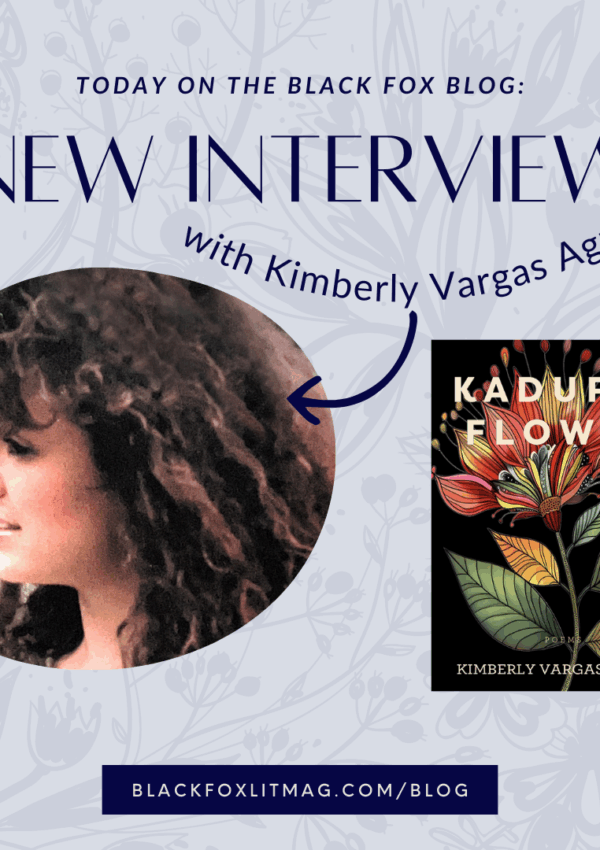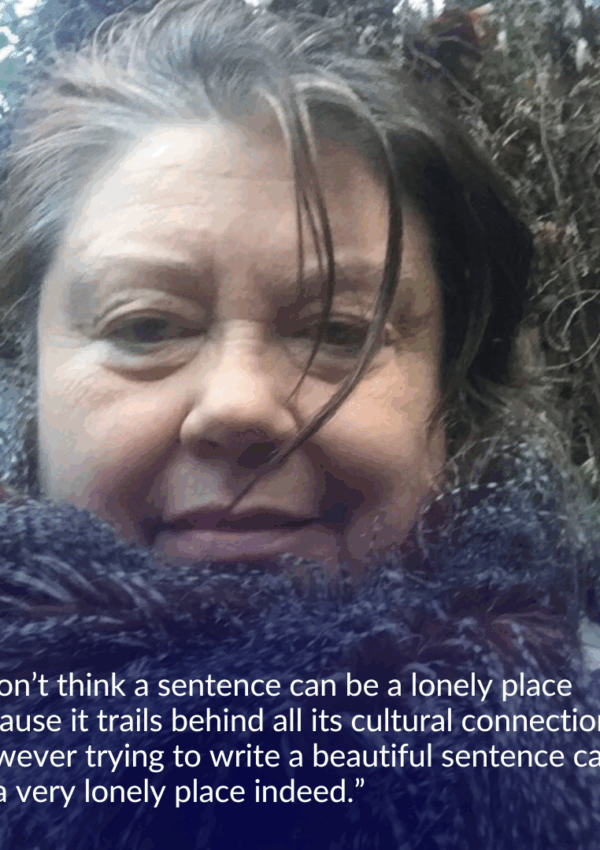One of the first things that really struck me to hear from a writing teacher was this: “there is no good writing, only good re-writing.” As a first semester student in my first Intro to Creative Writing class (because yes, I did take it twice but at two different colleges), I knew next to nothing about writing (though I’m sure I thought I knew a lot). But this was something that really peaked my interest. As someone who grew up writing but had virtually stopped altogether during my four high school years, this is what I wanted to hear. That you didn’t become a good writer on natural born talent alone, that it didn’t matter if I’d abandoned writing for a while because all I needed to do was write and rewrite and rewrite until it was perfect. And it’s one of the few things I’ve fallen in love with when it comes to writing. So it’s only natural that I’d also be interested in exactly what propels revision forward and how writing goes from bad writing to good rewriting. So, on my own blog, I began to pick apart some published poems line by line and pinpoint exactly what I changed and why, and why it worked.
This is a poem that was published in Black Fox Literary Magazine’s Issue #12 Summer 2015.
Here is the earliest draft I could find:
Two Days Later
Dusk and willow found us sitting knee to knee
on a piece of coast, resting between the hips
of April. This was our first end:
handwritten drafts of ocean and a long,
thin vodka string. I held your throbbed hands,
leather anxious and postmarked for last Tuesday
and neither of us looked into those wide-moated
scabs where you’d picked away your skin—
compulsions swum up like the Sunken Cathedral,
and the pelleted seaspray and wind perforating your skin—
everyone has a Carl Solomon.
We were blackout, hungry
like lilies grown from a mud puddle.
And the final draft that was published:
Two Days Later
We sat with our knees together on a piece
of Rhode Island coast. The day was resting
on the hips of April, the thigh and muscle
of half a month spent not knowing things fall apart:
first, in handwritten drafts of ocean and then a long,
thin vodka string. I held your throbbed hands,
leather anxious and postmarked for last Tuesday
and neither of us looked into those wide-moated
scabs where you’d picked away your skin—
compulsions swum up like the Sunken Cathedral,
and the pelleted seaspray and wind perforating your skin—
We were blackout hungry
like lilies grown from a mud puddle.
So the basic images and even structure stayed the same throughout this poem for the most part, however in tone and length, this poem definitely progressed into something very different from the original draft.
Line 1:
Dusk and willow found us sitting knee to knee vs We sat with our knees together on a piece
Originally this poem was called “dusk and willow” in my drafts box because that was literally just the image that got this poem started. This is pretty typical for me because sometimes I just love the way two words sound together and put them together for absolutely no other reason than that. And while I like that sound and the texture of the words/images they bring, it was kind of a darling for me and ended up getting tossed into the Darlings folder because people who read this kept stumbling over it. After that I just wanted to condense the line and “knee to knee” felt like too much stress on body parts when really it was the setting that was driving this part of the poem in my mind.
Line 2:
on a piece of coast, resting between the hips vs. of Rhode Island coast. The day was resting
This change is a bit more obvious, I simply wanted something more specific and broke it into two sentences for pacing and not much more than that. I also liked the line autonomy of the day seeming to “rest” and the way that the end of that line looked.
Line 3:
of April. This was our first end: vs. on the hips of April, the thigh and muscle
Here I simply cut the melodrama of “This was our first end” and expanded upon the hips. Because here is where the setting delves into the body and its details and I liked the hips and thigh and muscle because it felt sturdy and thick, similar to the way that sudden loss can grip you. And while I can find some solid answers for why I chose this word, when it comes down to it, most often it just “feels” right, and that’s how a lot of things in this poem are for me, including this line.
Line 4:
handwritten drafts of ocean and a long, vs. of half a month spent not knowing things fall apart:
This has obviously begun to differ dramatically because I shifted my line breaks now but I ended up keeping the image the way it was, but chose to arrive at it a line later in the final draft because I had a longer build-up. The final draft also has a “first” and “then” transition which I think helped the pacing and in a way felt similar to waves, each of the images being like two different waves.
Lines 5-10
For the most part, these lines didn’t change much. They were sort of core to the mood I wanted to set and it was really just framing these things that took some time. Line 11 is where the last big revision came.
Line 11:
everyone has a Carl Solomon. vs. nothing!
So this was definitely another darling line because I was fresh off reading Howl for the first time so that’s the real reason that line got in there. In a later version, I played with the spacing of the letters and added a “because” instead of a dash and it looked cool but still didn’t quite fit with everything really. I eventually got out my darling-axe and did my duty.
Considering this poem started with just the sound of two words that I sort of liked, it definitely came a long way. And it may not even be “finished” but for right now, I’ll need about 10 years distance if I’m really going to change it a lot. Plus, I do like the way it turned out in the end.
 Allie Gove lives in Sacramento, CA where she is a current student at CSU Sacramento. Her work has been published in or is forthcoming from Lumina, Black Fox Literary Magazine, Words Dance, DASH, Milkfist, The Bookends Review, Abremalin, and many others.
Allie Gove lives in Sacramento, CA where she is a current student at CSU Sacramento. Her work has been published in or is forthcoming from Lumina, Black Fox Literary Magazine, Words Dance, DASH, Milkfist, The Bookends Review, Abremalin, and many others.
Read Allie’s poetry in Black Fox Issue 12.



